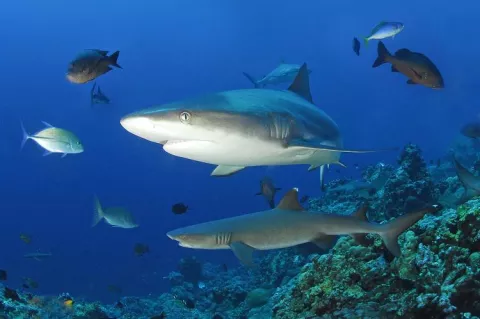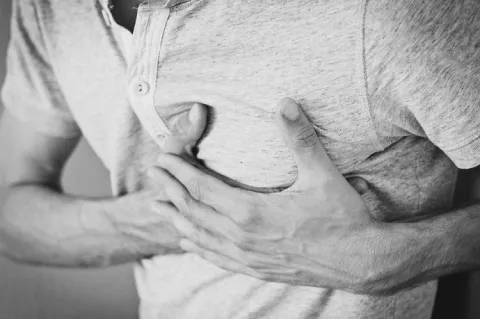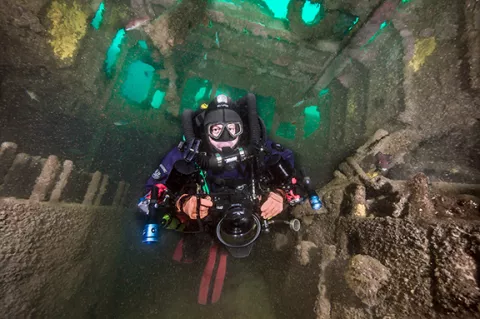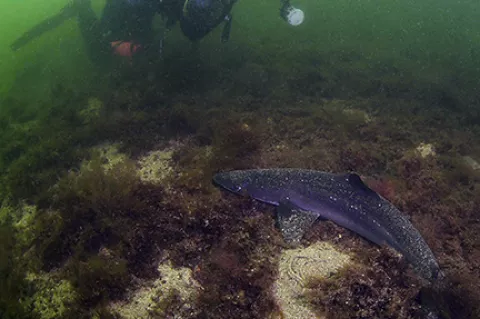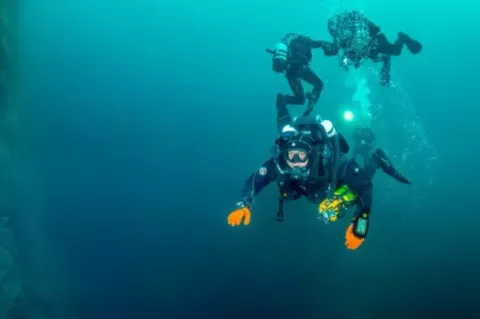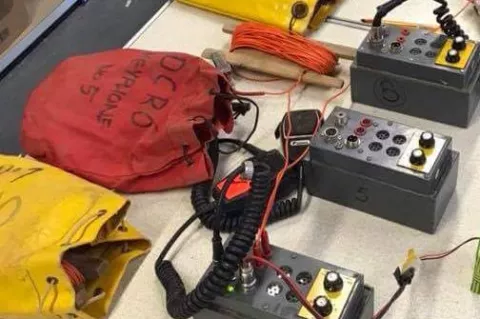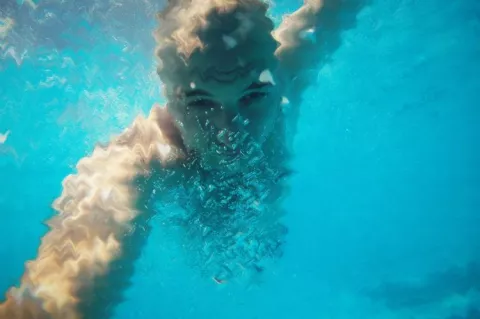Wreck Diving in Lithuania
It was pure coincidence that led my expedition team and me to Lithuania for the first time in September 2016. Our goal was to dive the battleship SMS Friedrich Carl. What we did not know before this first visit was that we would discover the “El Dorado” of pristine wrecks in Lithuania, which could keep us busy for many years.


